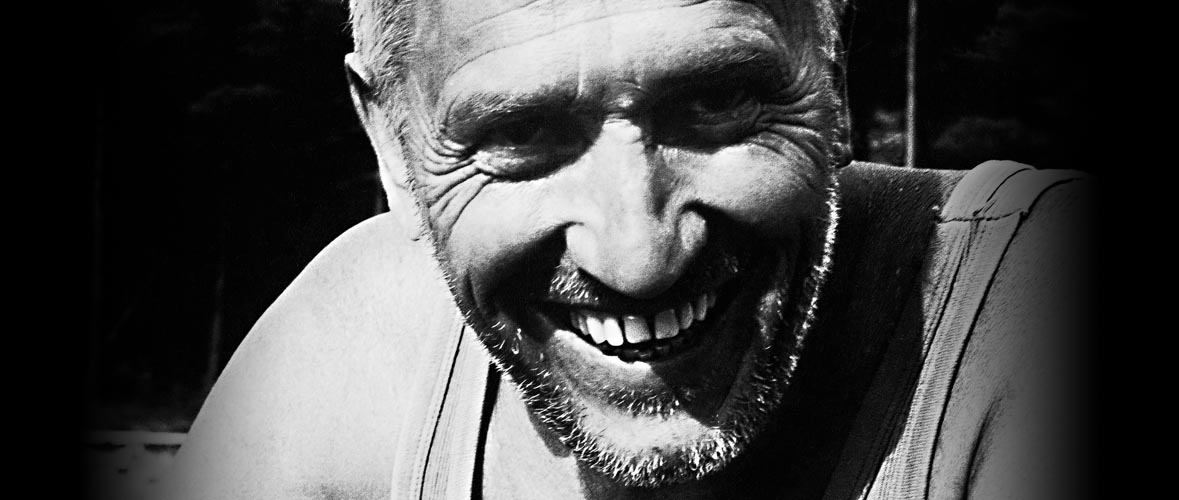

Rudolf Uher ushered Slovak sculpture into the Modernist era in the mid-1940s when the concept of an archetype as a primary sculptural form in its primal basis was unique. Uher used his unerring intuition, sense of matter and space and original sculpting materials – stone and wood, to make his way across this uncharted territory. He considered the earth as the thematic and existential condition and the common basis for these materials. As he observed, “Eventually I learned that I had only one theme, the EARTH.”
This brief overview of the artist’s work covers all of the important stages on his path to sculptural form. A connection with domestic rudimentary tradition was important for Uher; through it he found support in the simplicity of the sign language of Modernism as he moved towards a universalism of artistic form and an emphasis of the whole over detail and narrative. Even in his early figural works he perceived their generalizing as a timeless force. The structure of the sculpture in its synthetizing plastic qualities and emphasis on the volume of matter created the foundation for the excellent sculptural program which he developed in the 1960s. At that time, he was fully working with wood along with stone and iron while using his knowledge of traditional craft work and applying the “taille directe” method. He created his own artistic sign language structured as a system of geometrizing forms based on the principle of verticals and horizontals. Despite his moderation in form, we can find a connection with nature, its ancient powers and energy. He was also full of internal strength, as demonstrated by the final period of his work dedicated to fired clay. He continued to create despite a physical disability; he replaced wood for clay and put his sculpting seal on modelling technology. Thus, fired clay took on qualities of monumentality and majesty. The power of the personality and work of Rudolf Uher was well grasped by Olbram Zoubek who stated: “When a whole is drilled in a sculpture, wood chips fall, when a hole is drilled in a sculpture by Rudolf Uher, blood is shed.
Eva Trojanová
Rudolf Uher (1913 Lubina – 1987 Bratislava) studied at the Teachers’ Institute in Prešov and Modra (1933 – 1935). From 1935 to 1950, he worked as a teacher at several schools. Furthermore, from 1941 to 1944, he was an extraordinary student at the Department of Drawing and Painting of the Slovak School of Technology in Bratislava (under prof. J. Kostka), where he created his first sculptures and drawings. His stay in Paris (1946) and contact with the works of Brancusi and Zadkine had a strong influence on him.









